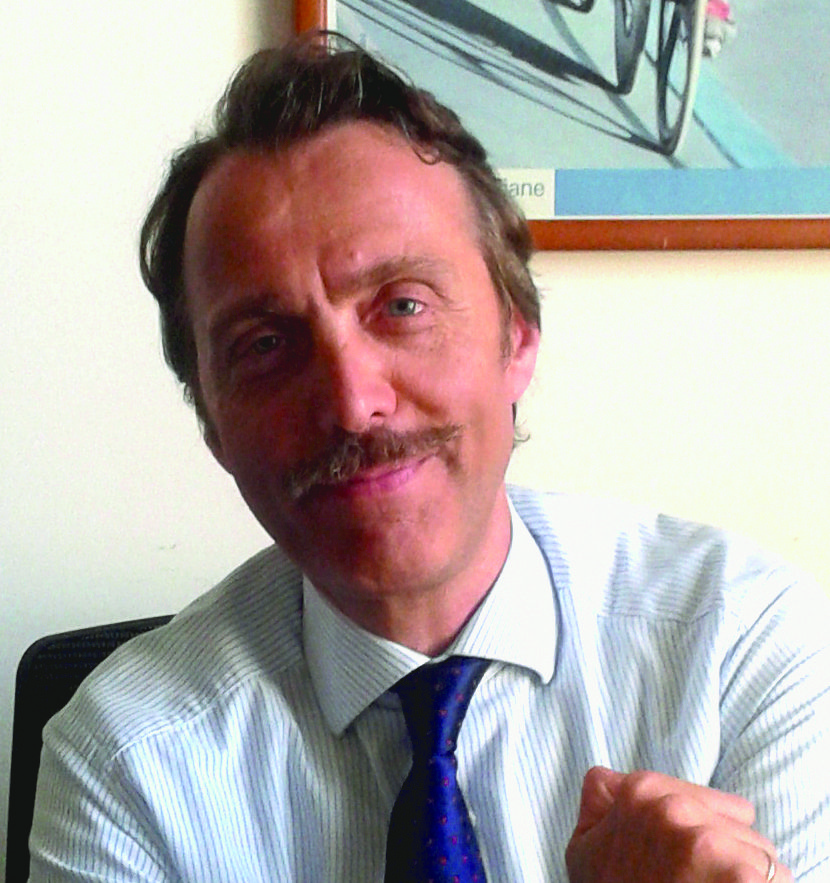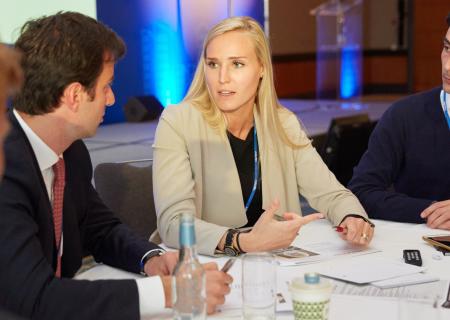Marco Plazzotta
Poste Vita
IQ recently spoke to Marco Plazzotta, Head of Real Estate Investments at Italian insurers Poste Vita, about the challenges of building a balanced global real estate portfolio with a small in-house team, and his approach to investing in the non-listed sector.

Marco Plazzotta arrived at Poste Vita three years ago from Allianz Real Estate, charged with the task of creating a real estate investment function from scratch. Poste Vita is one of Italy’s largest insurance companies and has more than €100 billion of assets under management. One of his main goals is to bring the real estate allocation up to 4% of the total, an ambition that he is looking to achieve with a small team, currently numbering just three – although he can call on other parts of the organisation for operational support – while also taking advice from the likes of LaSalle Investment Management on investment selection.
This portfolio is investing exclusively in indirect property, employing a variety of vehicles to achieve the geographic and management diversification we are looking for.
Unsurprisingly given its target size, Poste Vita’s aim is to build a truly global portfolio, albeit one that is based on European foundations. ‘Our liabilities are predominantly couched in Euros,” explains Plazzotta, “so it makes sense for us to avoid exchange rate risks for the core of the portfolio at this early stage in our development. But the fact that we have no legacy assets to deal with means that we have been able to focus on diversification from the start, with a significant target allocation to the UK and North America as well as the Eurozone. We are creating this portfolio by investing exclusively in indirect property, employing a variety of vehicles to achieve the geographic and management diversification we are looking for.’
The majority of Poste Vita’s real estate investment currently goes into a separate account, which has the advantage of being completely dedicated to their objectives; the plan is for this to contain two-thirds of the target allocation. Unusually for an investor based in Italy, only about 10-15% of its assets are set to be in the home market. ‘Market conditions are favourable in Italy at present,’ he says, ‘but it is a relatively small market compared to the amount of capital we want to place. The separate account therefore has a stronger focus elsewhere in the Eurozone, particularly in the deeper markets of Germany and France, as well as some of the more mature smaller markets like Belgium and the Netherlands.’
The remaining capital is being channelled into closed-end vehicles. ‘We generally use these for the more tactical part of the portfolio,’ he continues, ‘although our investment approach is quite risk-averse across the board. For one thing, Solvency II regulations lead insurance companies like ourselves to participate in funds with a low level of gearing. But irrespective of the risk of great performance volatility associated with higher debt levels, we want to invest in funds that hold core and core plus real estate – high quality modern buildings let on long leases with strong tenant covenants and a good occupier mix. It’s important that we know what we are getting into, so we don’t like blind pool funds.’
‘Limiting the risks that we are exposed to when we invest in a vehicle also means being as confident as we can be that the manager’s interests are aligned with ours. This is a crucial part of the initial due diligence process – making sure that the fund terms provide for the level of disclosure and transparency that we require, so that we can keep a close eye on their investment decisions and monitor their success over time. INREV has a key role to play here, both in assisting investors with their due diligence and providing indices of vehicle performance across markets that allow us to track our progress.’
INREV has a key role to play, both in assisting investors with their due diligence and providing indexes of vehicle performance across markets that allow us to track our progress.
Plazzotta stresses that fund selection also means a process of building trust with the manager – this will give Poste Vita confidence that the governance and compliance arrangements in place are right for them. ‘This sometimes takes time,’ he says, ‘but hopefully you can at least make sure that a solid set of ground rules are there. We want the funds we invest in to be managed independently, but we also want to know what they are doing. INREV Guidelines are an important basis for achieving this as they give investors like us a checklist of points to work through at the start, which should ensure that there is a good flow of information between all parties as the fund matures over time.’
Poste Vita’s global approach to its real estate investment and the emphasis on transparency for its fund holdings also reflect broader trends among Italian investors. ‘Italian investors are coming to appreciate the need for the widest possible pool of potential assets in order to limit risk and meet their investment objectives,’ concludes Plazzotta. ‘And when investing outside the home market they are often using funds, implying a need for greater confidence and understanding, an area where they are finding INREV has an important role to play.’









